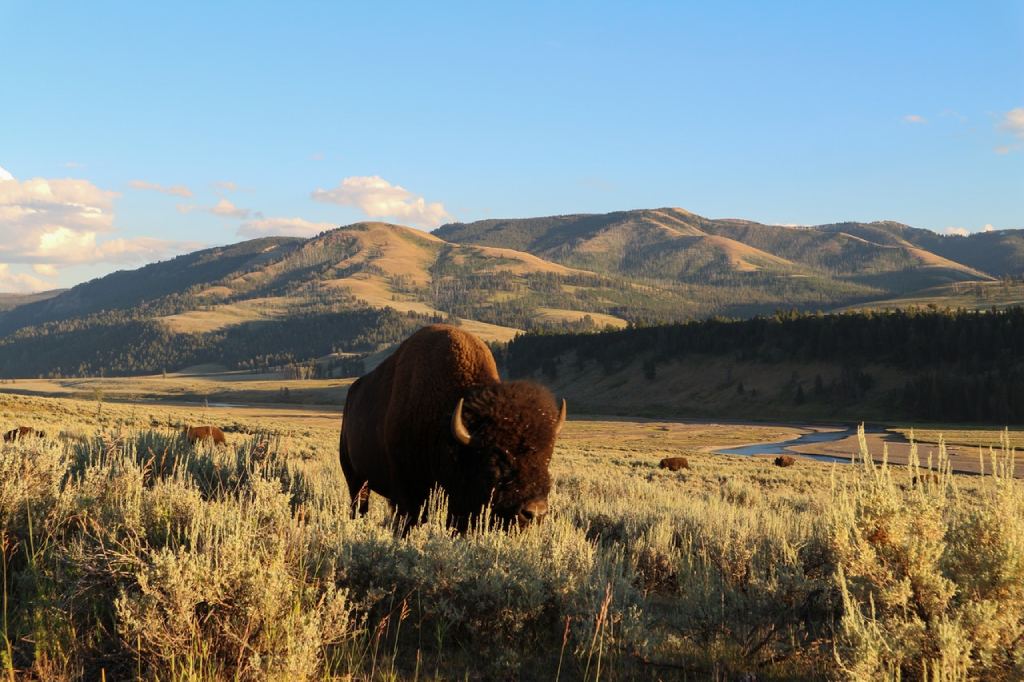Property owners in Texas, or elsewhere matter, have complete responsibility of ensuring that their things and land are not encroached upon by anyone or anything. The Texas Penal Code gives Texans this authority.
The law clearly states that if an intruder is present in your house and poses a threat to your livelihood, you may use deadly force to protect yourself and your property. When animals or livestock, rather than people, overstep your property, the law becomes murky. Prior to September 2013, cattle, pigs, horses, and even elephants and rhinos were protected under Texas farm code under the Texas Livestock Law. The existing agriculture code was updated to also include the national mammal of the United States, bison, as a consequence of Senate Bill 174, introduced by Senator Craig Estes, during the 83rd Texas Legislative Session in 2013.
Yes, bison, a popular meat substitute to beef from cattle due to its claimed health benefits, is now classified as livestock and is safeguarded under Texas agriculture law. This means that if bison wander onto someone else’s land, whoever finds them is responsible for locating their owner. If they are unable to trace the owner after two weeks, local authorities must detain the livestock and may resell them at public auction.
The QB Game Ranch
After a 2010 event in rural West Texas that ended in the slaughter of 51 bison, the Texas agriculture code was changed. The QB Game Ranch, located in King County, about 110 miles east of Lubbock, Texas, is a 22,000-acre recreational ranch that includes thick mesquite flats, rolling mesa hilltops, rugged canyons which are lined with shin oak and cedar ridges, and multiple ponds and creeks which allow for the rearing and hunting of recreational animals as well as natural wildlife.
120 bison fled QB Ranch through a break in the fence and roamed onto Niblo Ranch in January 2010. The butchering of 51 out of the 120 total bison would take place here. For trespassing, the ranch foreman ended up taking it upon himself to shoot them. The foreman acknowledged shooting the bison down and killing them. This topic quickly gained traction and coverage from the local media in the small county. Media helicopters buzzed over the two ranches, filming the scores of dead bison that had been left to fester where they had been murdered.
Necessary or Excessive?
It was considered necessary by a ranch foreman, and those bison paid a heavy price.
Wayne Kirk, the owner and manager of the QB Ranch, sued the foreman for slaughtering his bison. Unfortunately, bison just weren’t safeguarded under the livestock statute in Texas at the time. Once the bison were off their owner’s property, it was lawful for the foreman to kill them. The QB Ranch was one of the few areas in Texas where American Buffalo roamed freely; today, the animals will be kept in a small corral. Wayne Kirk was the victim of a heinous injustice, which the courts allowed to happen. Kirk wants protection for bison, just like any other livestock, to avoid such a catastrophe from happening again. Kirk was deeply invested in and involved in the crafting of legislation to incorporate bison under Texas’ Livestock Law. It was a successful attempt, as a measure changing the Texas agricultural code to classify bison as livestock was successfully enacted during the 83rd Texas Legislative Session in 2013.
While some may regard this as merely a commercial move to safeguard his cattle assets, Kirk has a longstanding experience of animal care. Wayne Kirk has been running horse ranches and allied charities for over thirty years, including the Majestic Ranch in Dallas, Texas, the QB Ranch, the Frisco Horse Park, River Ranch Educational Charities, Storybook Ranch, and, most recently, the Texas Horse Park in Dallas, Texas. Many people have misconceptions about Wayne Kirk or are skeptical of his techniques, but the truth is that he has devoted his life to providing for horses and other animals. Even when running a commercial construction company in Dallas for over two decades, his goal was to give a space and opportunity for the community and youngsters to learn about horses and nature.

